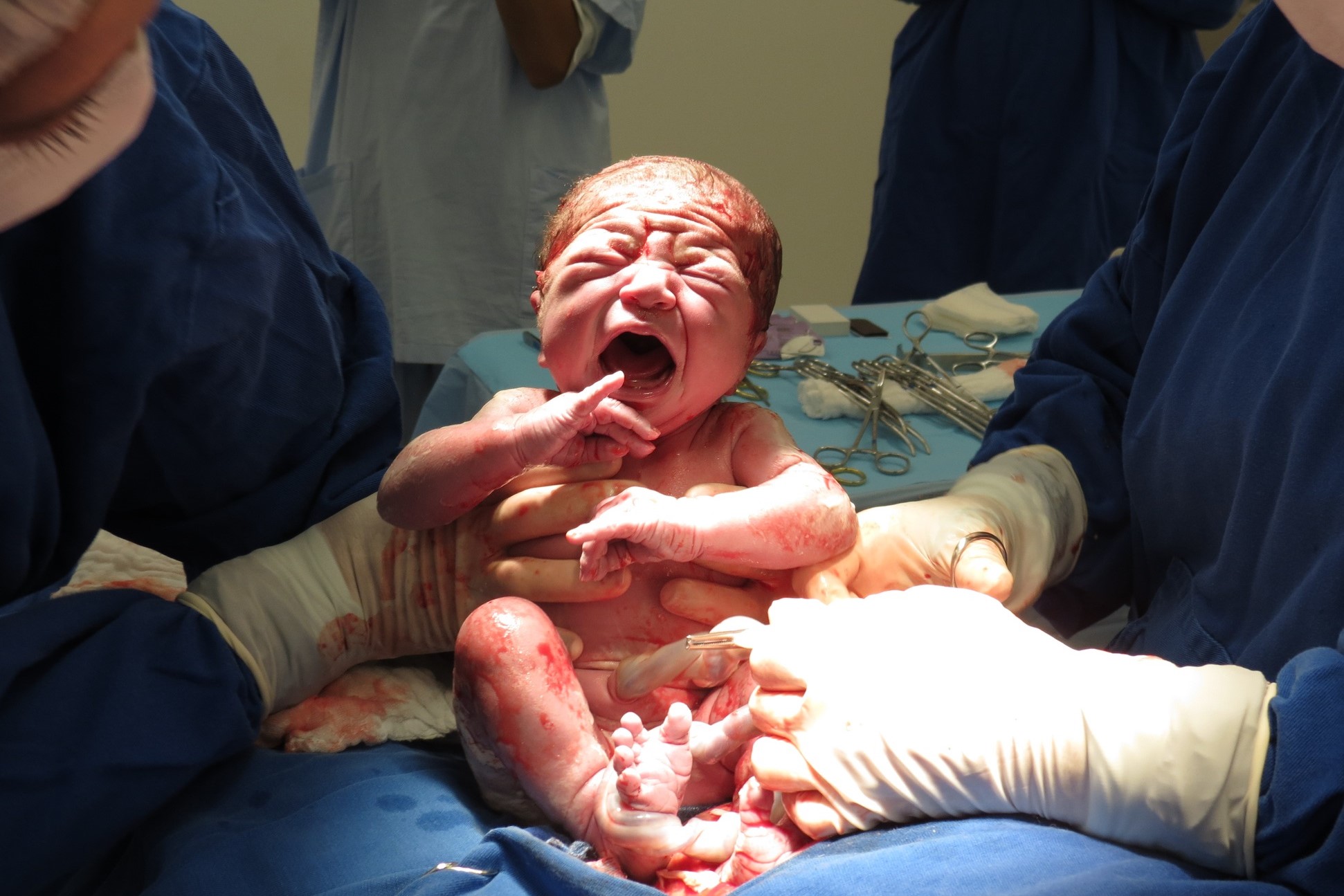
Seizures in the Neonate: an emergency that needs to be addressed
Seizures happen when a large group of neurons undergoes excessive depolarization simultaneously. They occur in a tiny percentage of all newborns
Neonatal seizures often represent relative medical emergencies as they are usually a sign of an underlying abnormality.
Neonatal seizures are the most common type of neonatal neurological dysfunction
The neonatal period is the most frequent time in someone’s life that seizures can occur.
CHILD HEALTH: LEARN MORE ABOUT MEDICHILD BY VISITING THE BOOTH AT EMERGENCY EXPO
They occur in as many as 5 in a thousand births, but are even higher in premature infants, the occurrence increasing with decreasing gestational age and birth weight.
Only about 15% of neonatal seizures are from true epilepsy.
The rest of neonatal seizures are “symptomatic” seizures, that is, have an identifiable cause, such as:
- Hypoxia
- Brain injury, such as bleeding from a traumatic delivery
- Metabolic disturbances (glucose and electrolyte abnormalities)
- Central nervous system (CNS) or systemic infections.
Seizures in the neonate have unique clinical features when compared with those of older infants and children.
There are age-dependent properties of the immature brain that initiate, enhance, maintain, and propagate seizure discharge, and these properties can vary by age.
There is often confusion since most neonatal seizures are subclinical.
Generalized seizures may interfere with cardiac and respiratory function.
Neurologically, the brain can be injured with repeated episodes.
Elevated intracranial cranial blood pressure can cause the brain stem to herniate through the foramen magnum, which is the passage separating the brain stem from the spinal cord.
Cerebellum and brainstem herniation injure these parts of the brain, which are important in homeostatic maintenance of breathing, blood pressure, etc.
Such neurological damage can result in hypoventilation and apnea that can increase neurological damage further.
Types of Neonatal Seizures
SUBCLINICAL: most neonatal seizures are subtle seizures. They can sometimes involve eye deviation in term infants and may demonstrate as a blinking, fixed, stare with preterm babies. Subtle seizures can also include “bicycling” leg movements, repetitive mouth and tongue movements, and periods of apnea.
TONIC: Tonic seizures are the least common and primarily affect premature babies. The activity may be focal to one area of the body or generalized. Tonic seizures can mimic posturing with the contractions or extension of the limbs.
CLONIC: Clonic seizures are the rhythmic jerking of entire muscle groups.
FOCAL CLONIC: Focal clonic seizures are the rhythmic jerking of one extremity or area of the body.
MULTIFOCAL: clonic activities in multiple areas of the body.
MYOCLONIC: flexion jerks of the upper or lower extremities. They can occur as isolated events or recur in series.
Complications of Neonatal Seizures
Neonatal seizures that include prolonged and frequent multiple seizures can result in metabolic changes and cardiopulmonary difficulties.
Also, increased intracranial pressure can increase the risk of hemorrhagic stroke or brain stem herniation.
Managing Neonatal Seizures–The ABCs
The management of neonatal seizures primarily deals with supporting the airway, breathing, and circulation of the neonate.
Glucose-D10 can be considered for the treatment of hypoglycemia secondary to seizure.
Benzodiazepines or other anticonvulsants should be considered for status epilepticus, which is a single seizure that lasts more than 5 minutes or two or more distinct seizures within 5 minutes.
Maintain the neonate’s body temperature.
Transport to facilities equipped to handle high-risk-newborns.
Read Also:
Emergency Live Even More…Live: Download The New Free App Of Your Newspaper For IOS And Android
Emergency-Urgency Interventions: Management Of Labor Complications
What Is Transient Tachypnoea Of The Newborn, Or Neonatal Wet Lung Syndrome?
Tachypnoea: Meaning And Pathologies Associated With Increased Frequency Of Respiratory Acts
Postpartum Depression: How To Recognise The First Symptoms And Overcome It
Postpartum Psychosis: Knowing It To Know How To Deal With It
Childbirth And Emergency: Postpartum Complications
European Resuscitation Council (ERC), The 2021 Guidelines: BLS – Basic Life Support
Pre-Hospital Seizure Management In Paediatric Patients: Guidelines Using GRADE Methodology / PDF
New Epilepsy Warning Device Could Save Thousands Of Lives
Understanding Seizures And Epilepsy
First Aid And Epilepsy: How To Recognise A Seizure And Help A Patient
Childhood Epilepsy: How To Deal With Your Child?
Epileptic Seizures: How To Recognise Them And What To Do


